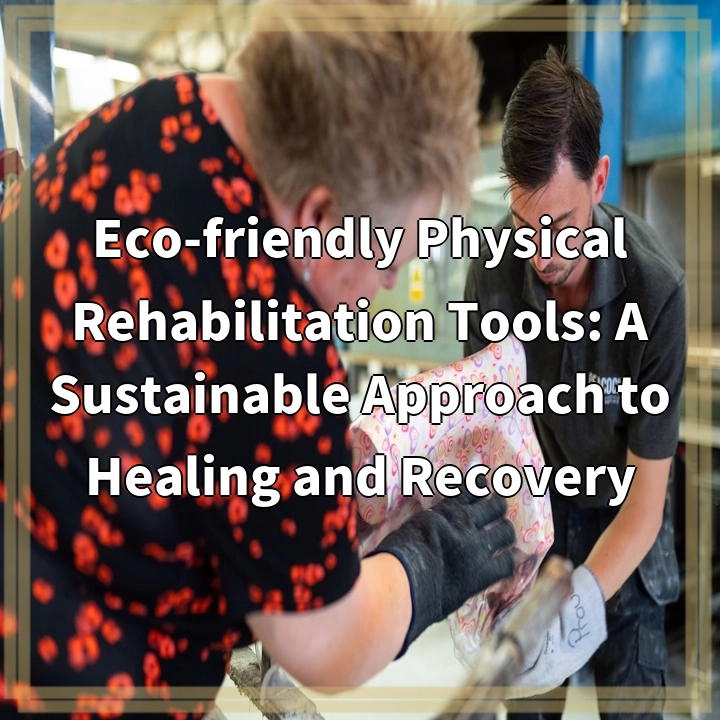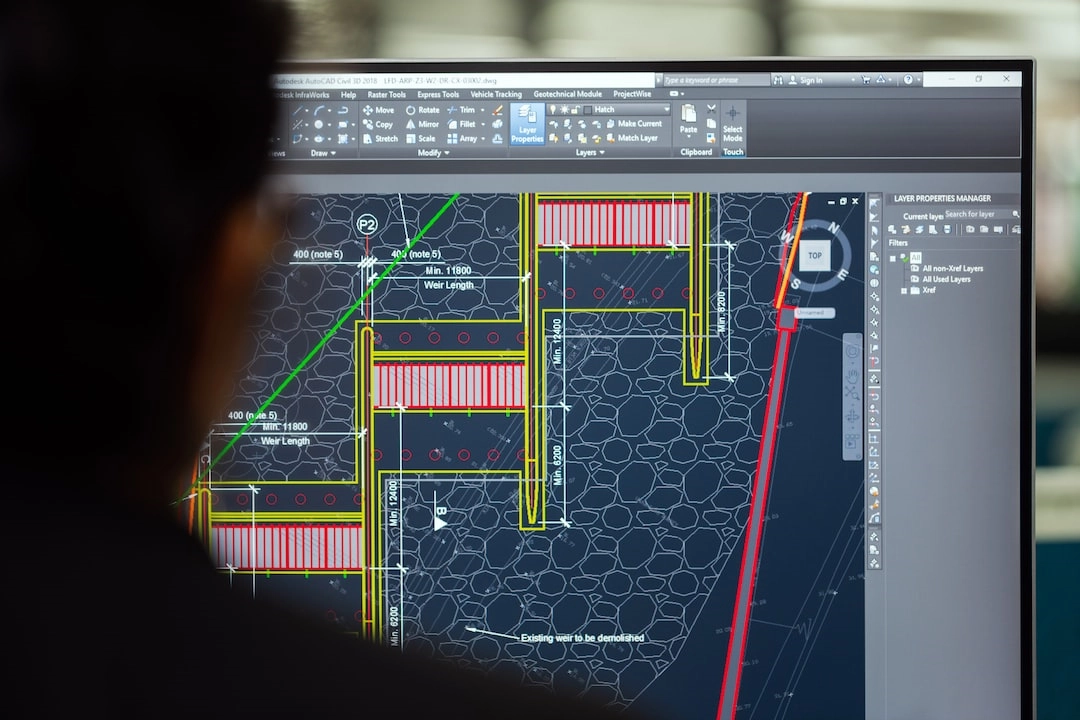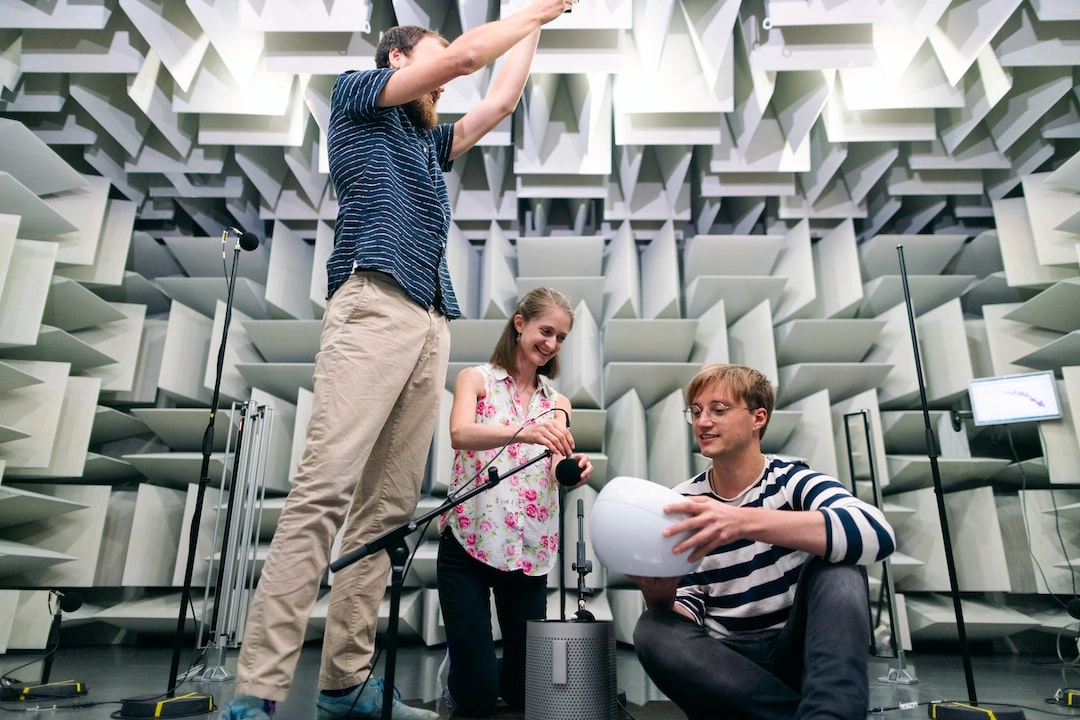
What it is:
Physical rehabilitation tools refer to the equipment and devices used by healthcare professionals to aid in the recovery and healing process for individuals with physical impairments or injuries. These tools are designed to assist patients in regaining mobility, strength, and functionality.
However, an eco-friendly approach to physical rehabilitation involves using sustainable and environmentally friendly tools and practices throughout the rehabilitation process. This means considering the impact of the tools and equipment on the environment, as well as the overall sustainability of the rehabilitation process.
Real-World Problems:
Despite the importance of physical rehabilitation for individuals’ overall health and well-being, this field often faces several real-world problems:
Lack of Eco-consciousness:
Many healthcare providers and rehabilitation facilities may not prioritize eco-friendly practices and opt for conventional rehabilitation tools and equipment. This can contribute to unnecessary waste generation and resource consumption, leading to negative environmental impacts.
Non-Recyclable Materials:
Some physical rehabilitation tools are made from non-recyclable materials, such as certain types of plastic or foam. These materials can end up in landfills and contribute to environmental pollution.
Energy Consumption:
Traditional rehabilitation equipment often requires electricity or fossil fuels to operate. This reliance on non-renewable energy sources increases carbon emissions and contributes to climate change.
Single-Use and Disposable Items:
In some cases, single-use or disposable items are used during the rehabilitation process, such as single-use heat packs or disposable therapy bands. The excessive use of these items generates unnecessary waste and adds to the overall environmental burden.
Chemical Exposure:
Certain rehabilitation tools, such as certain types of adhesives or solvents used in prosthetics or orthotics, can contain harmful chemicals that can negatively impact both human health and the environment. Proper disposal practices are necessary to prevent these chemicals from leaching into the environment.
These real-world problems highlight the need for a more eco-friendly approach to physical rehabilitation. By addressing these challenges and embracing sustainable practices, healthcare professionals can contribute to a healthier planet while helping individuals on their healing journey.

Solutions:
Eco-conscious Practices:
Healthcare providers and rehabilitation facilities can adopt more eco-conscious practices by prioritizing the use of eco-friendly rehabilitation tools and equipment. This involves researching and selecting options that are manufactured using sustainable materials and production methods.
Opting for Recyclable Materials:
Choosing rehabilitation tools made from recyclable materials, such as recycled plastics or metals, can significantly reduce waste generation. Healthcare professionals should actively seek out suppliers and manufacturers that offer eco-friendly alternatives.
Transition to Renewable Energy Sources:
Healthcare facilities can contribute to a greener rehabilitation process by transitioning to renewable energy sources, such as solar or wind power. This helps eliminate reliance on non-renewable energy sources and reduces carbon emissions.
Promoting Reusable and Multi-Use Items:
Replacing single-use and disposable items with reusable or multi-use alternatives is an effective way to reduce waste in the rehabilitation setting. By implementing proper sterilization and cleaning protocols, healthcare providers can ensure the safety and efficiency of these items.
Safe and Responsible Chemical Use and Disposal:
Healthcare professionals should prioritize using chemicals that are safe for both individuals and the environment. Proper disposal methods and waste management systems should be implemented to avoid harmful chemicals from entering ecosystems.
By embracing these solutions and incorporating eco-friendly practices into physical rehabilitation, healthcare professionals can contribute to a sustainable and healthier future for both patients and the planet.















